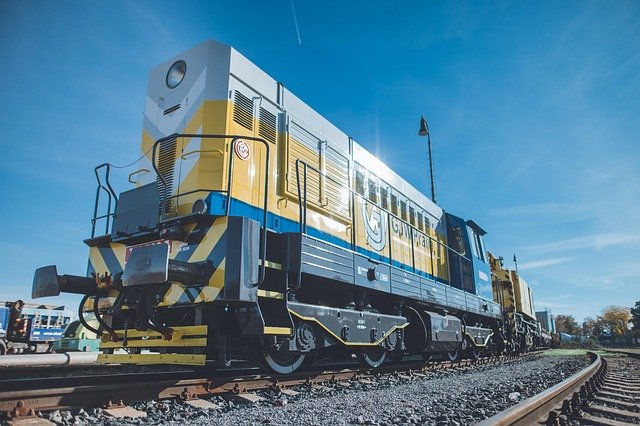Pushing the Limits: The Intriguing World of High-Speed Rail Cars
In the realm of high-speed travel, rail cars have always been overlooked. Yet, these mechanical marvels have more in common with high-performance automobiles than one might think. Let's delve into the captivating world of high-speed rail cars and see how their innovations are challenging the status quo.

From Steam Engines to Bullet Trains: A Glimpse into the History
Rail cars have come a long way since the introduction of steam-powered engines in the 19th century. The advent of diesel and electric trains transformed the industry, paving the way for faster, more efficient technologies. The Shinkansen or “bullet train” in Japan, introduced in the 1960s, was a game-changer in high-speed rail, reaching speeds of over 200 mph. This leap in speed and efficiency revolutionized passenger transport and set new benchmarks for rail technology.
The Modern High-Speed Rail Car: Cutting-Edge Engineering and Design
High-speed rail cars today are packed with innovations and technologies that would make any car enthusiast’s heart race. The design is heavily influenced by aerodynamics to reduce air resistance and increase speed. The powertrain, often electric, is designed for rapid acceleration and deceleration while maintaining stability. State-of-the-art suspension systems enable a smooth ride even at high speeds, and advanced braking systems ensure safe and efficient slowing and stopping.
The Future of High-Speed Rail: Challenges and Innovations
Despite the impressive advancements, the high-speed rail industry faces several challenges. Infrastructure development and maintenance costs are high, and the technology demands significant energy consumption. However, researchers are continually pushing the envelope with innovations like magnetic levitation (“maglev”) technology, which eliminates friction by levitating the train above the tracks.
The Impact on the Automotive Industry and Beyond
The advancements in high-speed rail cars have significant implications for the automotive industry. The technologies developed, such as advanced aerodynamics and powertrain technologies, could influence the design and engineering of future cars. Additionally, the shift towards more sustainable and efficient methods of high-speed travel could spur innovation in other sectors of the transportation industry.
Why High-Speed Rail Matters: The Bigger Picture
High-speed rail is more than a technological marvel. It’s a testament to human ingenuity and our relentless pursuit of speed, efficiency, and sustainability. As we continue to push the boundaries of what’s possible with rail technology, we may find that the lessons learned and technologies developed have applications far beyond the tracks.
In conclusion, the world of high-speed rail cars is a fascinating field that deserves more recognition. With their innovative designs, cutting-edge technologies, and potential to influence other industries, they represent an exciting frontier in the world of high-speed travel. Whether you’re a car enthusiast or just a fan of technology, there’s no denying the intrigue and excitement that comes with these fast-moving titans of transportation.




